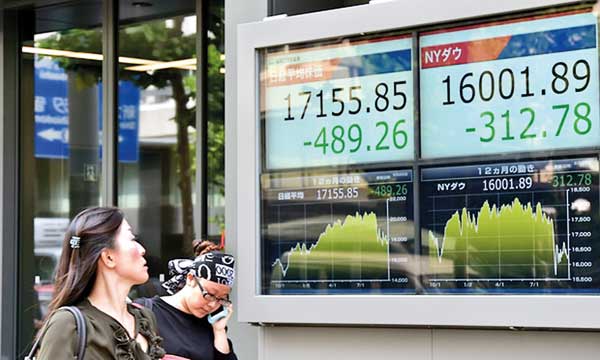31 Dec 2015 - {{hitsCtrl.values.hits}}

.jpg) China’s economic slowdown this year will have important consequences for countries in the region and beyond. For most countries, the sub-7 per cent gross domestic product growth expected this year - and in the coming years - would be a cause for celebration.
China’s economic slowdown this year will have important consequences for countries in the region and beyond. For most countries, the sub-7 per cent gross domestic product growth expected this year - and in the coming years - would be a cause for celebration.
26 Nov 2024 1 hours ago
26 Nov 2024 2 hours ago
26 Nov 2024 3 hours ago
26 Nov 2024 3 hours ago
26 Nov 2024 3 hours ago